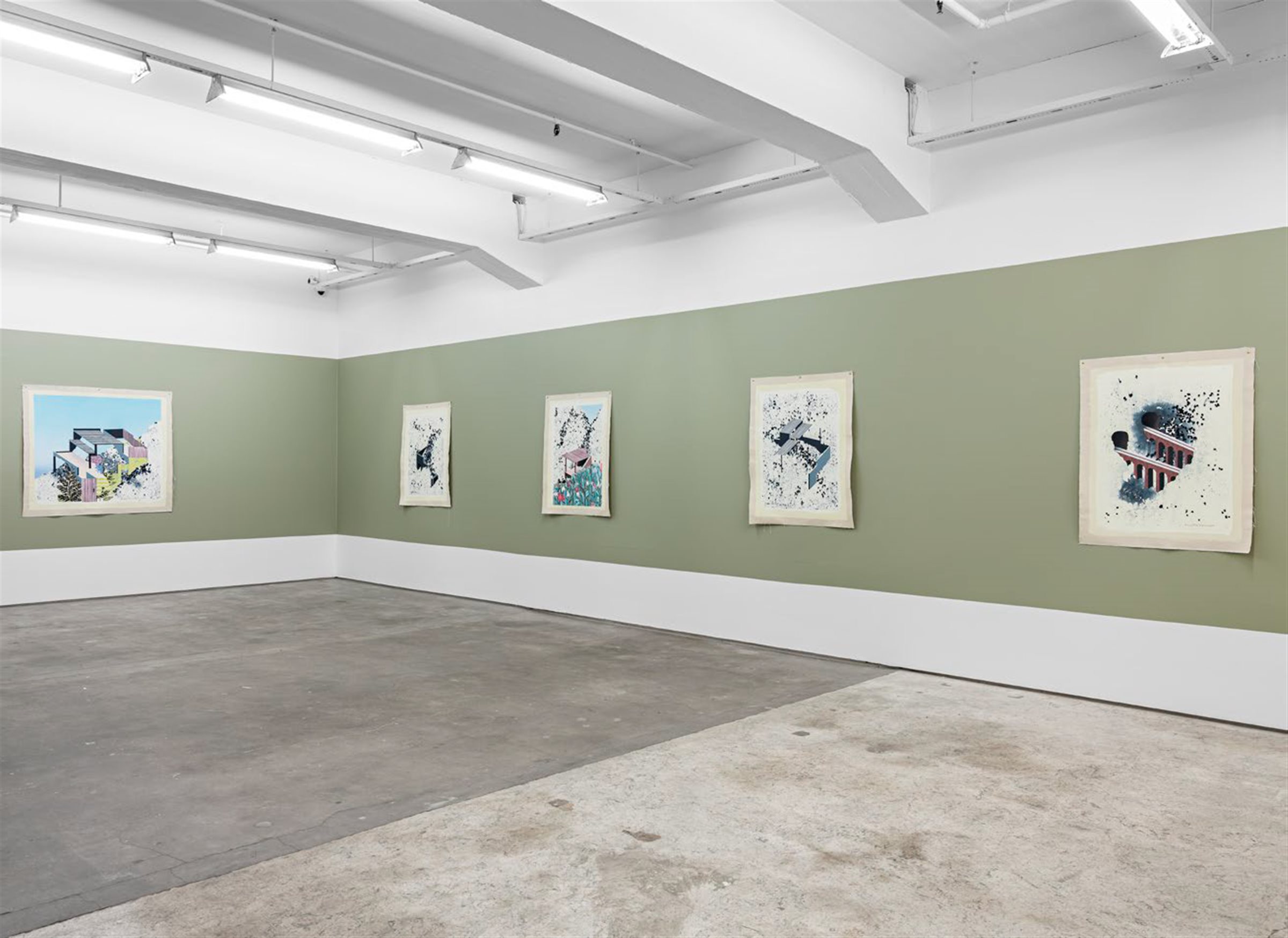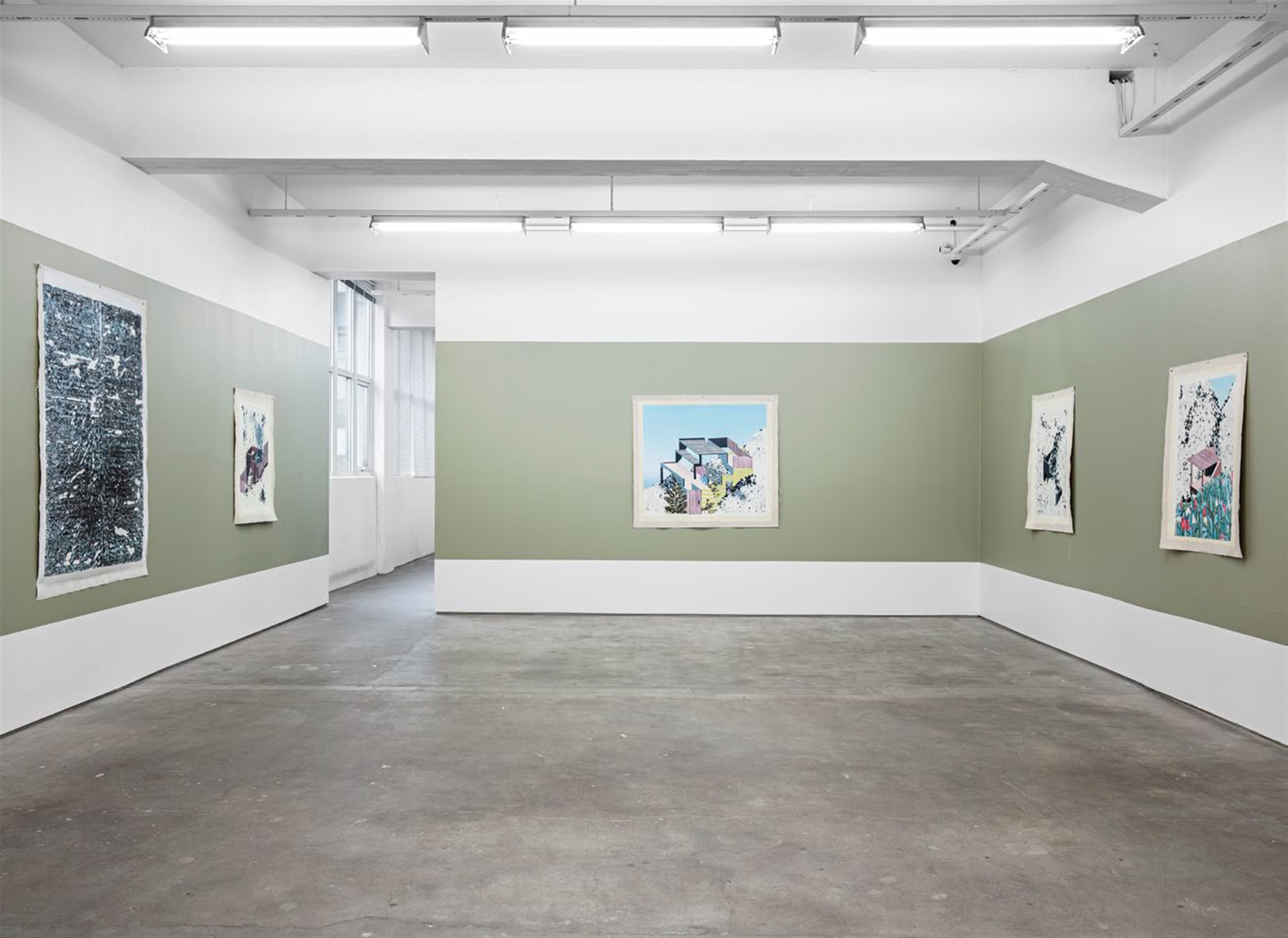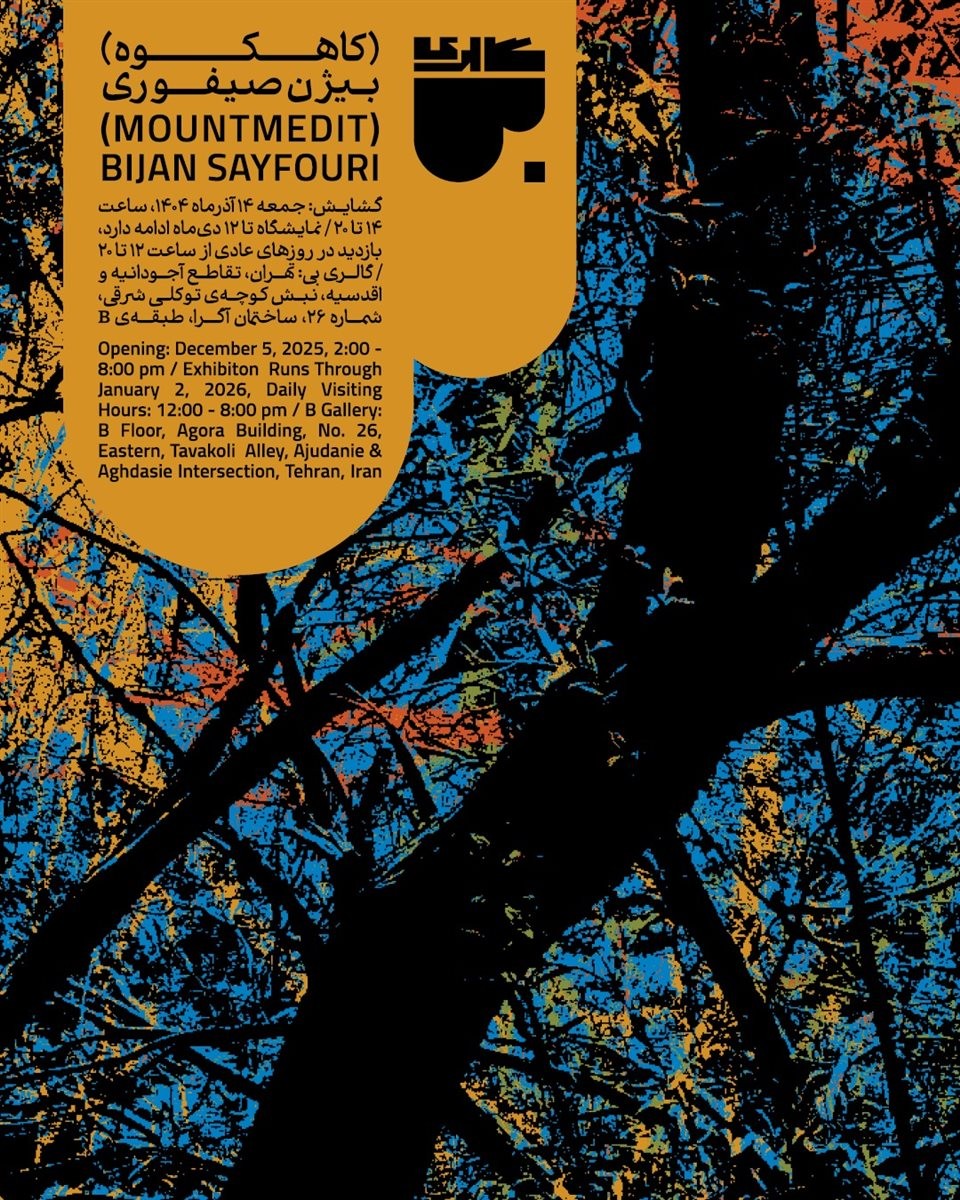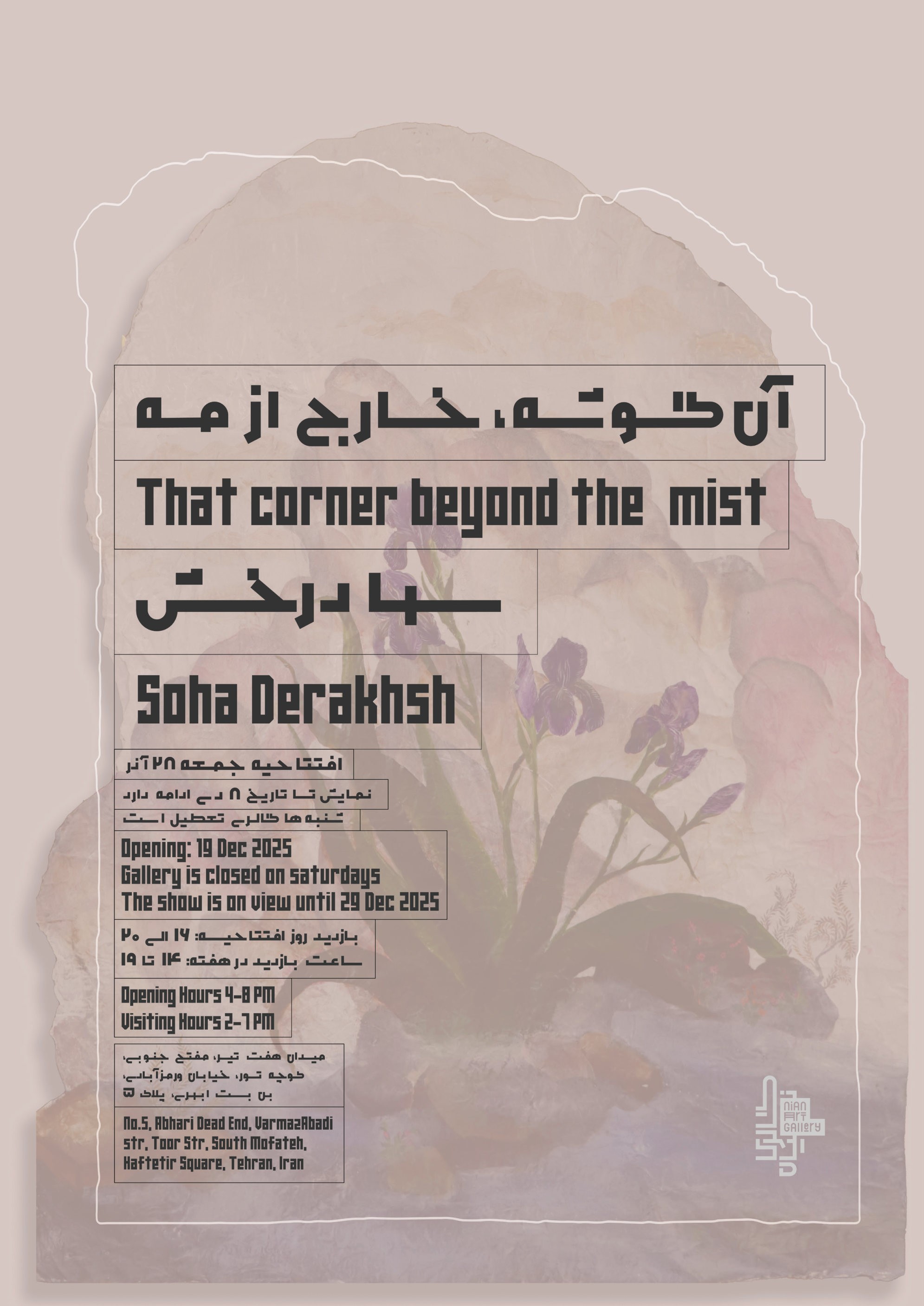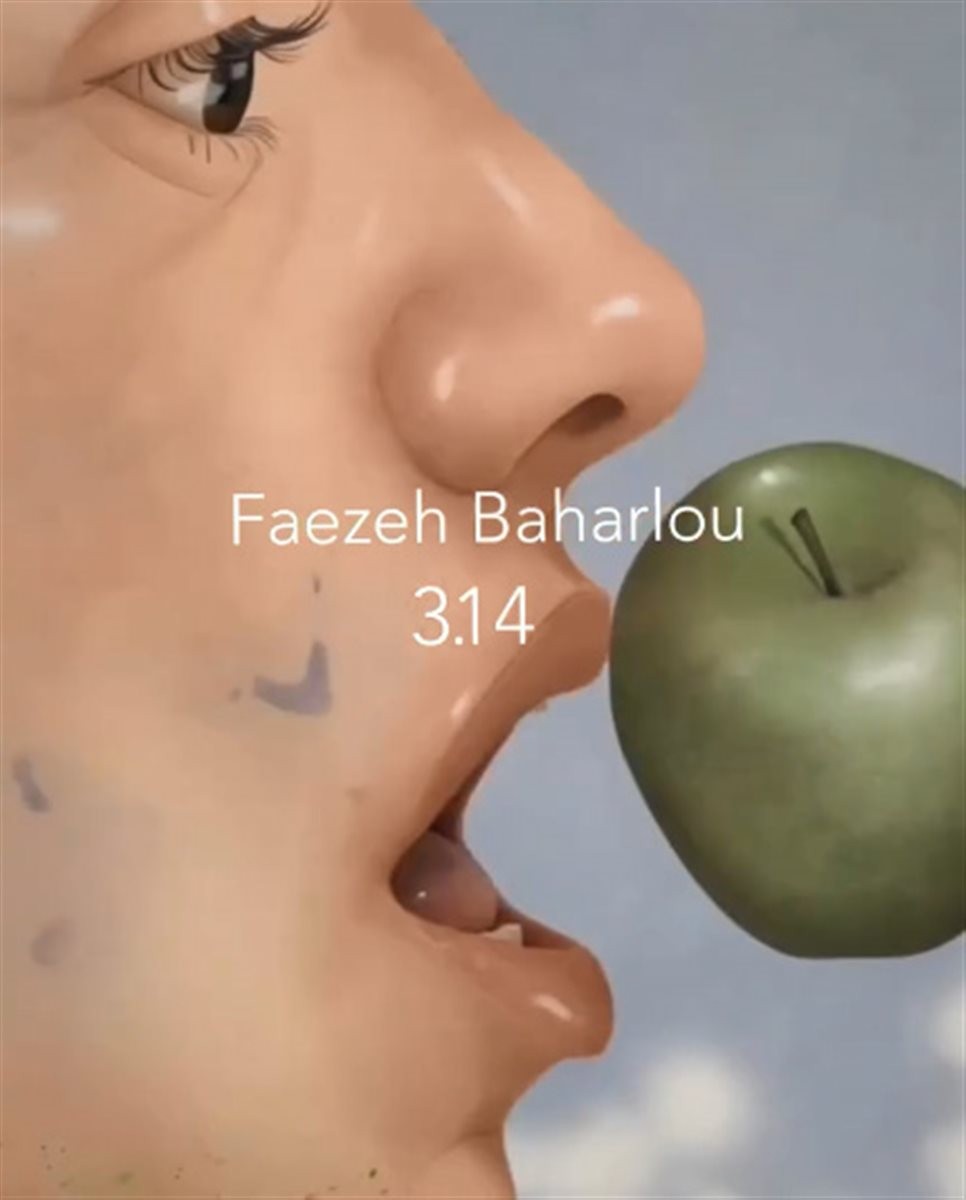Tehran,
Waldemar Thranes gate 86 C, 0175 Oslo, Norway
10 October 2021 - 13 November 2021
Contrary to popular belief, taking notes does not guarantee against forgetting. Despite having taken an abundance of notes, I have forgotten most of what I learnt during my years in university. I have even forgotten where these notes are other than that they are in some cardboard box in my storage space. In one of those boxes, in one of those binders, on one of those pages with handwritten notes, there is a quote that I keep on thinking of: "Where there is nature, everything is possible. Where there is architecture, only more architecture is possible." I am not sure whether I am recalling it correctly and I am not sure who these words are from.
I do remember pencilling them down while attending a seminar dedicated to "Supermodernism" while studying history of art. They were appearing on top of a photograph of an open and foggy feld. I think they belong to the architect Rem Koolhaas. They sound like they could be. They also sound like those inspirational quotes that are overfowing social media. That is what I get when I type those words into Google: slides with similar words of wisdom hovering above some photograph of nature.
These are words that are seductively ofering truth while not ofering much of chance to fgure out whether they are truthful. Still, I have been thinking of these particular words (of Koolhaas, I am still presuming) during the past few weeks when preparing the exhibition of Asal Peirovi. Her paintings seem to situate themselves at such a tipping point: the moment when nature is not solely nature, but before architecture has fully become architecture.
Since 2018 Peirovi has made paintings that place the outline of a building or a singular building element within an open, mountainous landscape. The rigid geometry of the architecture, with its cantilevers, concrete walls and corrugated metal sheets, is appearing in stark contrast to the jagged mountain silhouette and the fuid lines of the vegetation flling up the hillsides. This contrast is further heightened by the building being executed in densely layered acrylic paint whereas the marks making up the landscape are in translucent watercolours. Or by the rendering of the architecture in which Peirovi makes use of an axonometric projection: a sort of unfolding of the architecture that allows for us to see multiple sides of it, but also leaves it further loosened from its location. One is left puzzled by what plan or purpose had these buildings erected.
Immersed yet incomplete, the architecture in Peirovi's paintings opens up to the landscape that surrounds it. It allows for the mountain landscape to fow through, grow into it, make the ground of it, but also doing so suspending the distinction between what is foreground and what is background. Instead, nature and architecture wrap around each other to be constantly appearing and disappearing – equally interrupting one another. I am reminded of a bicycle ride out to Ridgewood Reservoir in Brooklyn, New York. The reservoir that had supplied Brooklyn with freshwater since its completion in 1858, was decommissioned and drained in 1989. Slowly but surely the outer basins were flled up with soil and seeds whereas the central basin turned into a pond that was skirted by reeds. Years allowed for seeds to grow into plants, for trees to grow into a forest, for the pond to become a regular stop for migrating birds. When turned into a park in 2004, a singular path was created – wrapping around the edges of the original architecture of clay and feldstone. The centre was left inaccessible to visitors, only possible to view from behind a fence. Similar to the architecture of Asal Peirovi there is a geometry framing a void. There is no presence of human life at the centre of her paintings, rather vegetation has occupied the space that was intended for habitation. It is as if the architecture has yet to be activated in order to allow for that expansion: "Where there is architecture, only more architecture is possible." The only people are us, the viewers, looking in to this isolated architecture. Unsure as to whether it has been abandoned or has yet to be completed – it is both a display of architecture making its claim and of nature reclaiming its place – and claiming that everything is possible.
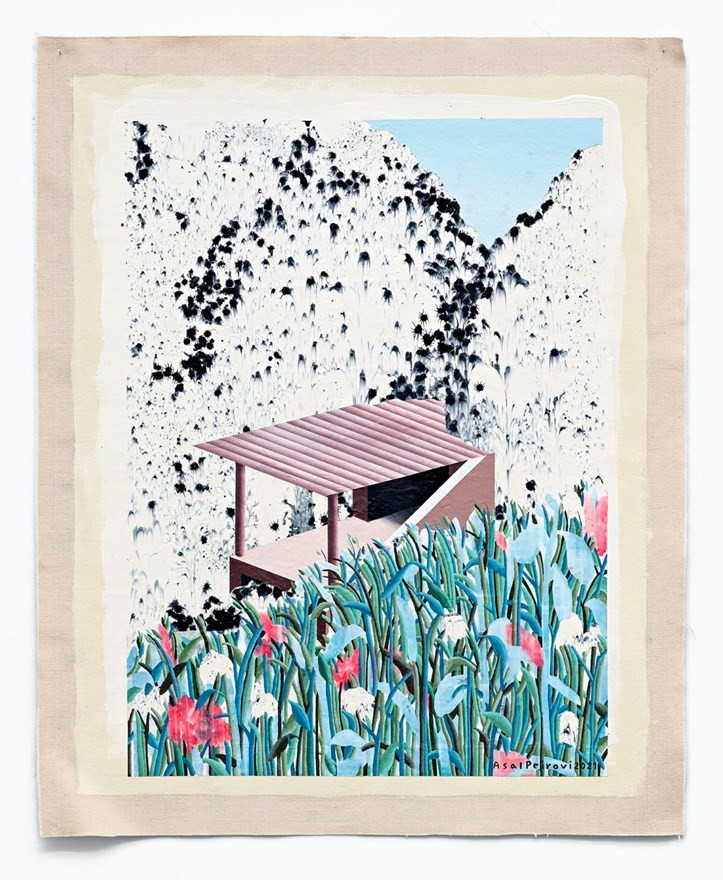
Artists
Available Nearby Exhibitions
Mountmedit
Tehran
5 December 2025 - 2 January 2026
That Corner Beyond the Mist
Tehran
19 December 2025 - 29 December 2025
